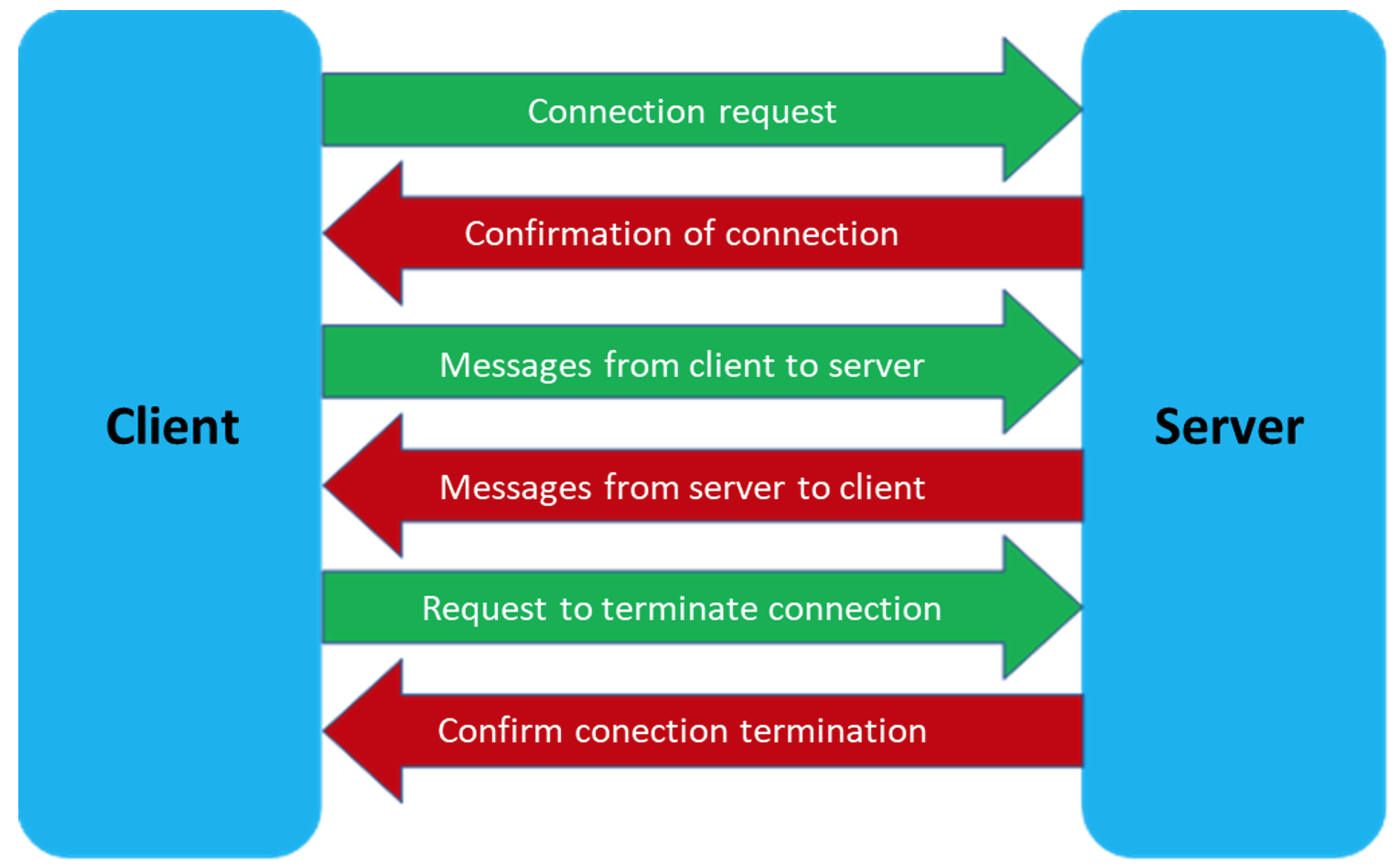¶ 3.1. Communication Protocols
There are many types of devices in the IoT ecosystem. The most important challenge for this heterogeneous ecosystem is to ensure that IoT devices can be securely connected to the Internet and to each other. Many technologies and protocols have been developed for this purpose.
IoT systems, consistent, secure and widely recognized technologies and standards must be used. For this reason, reference models have been developed by various organizations. These reference models are:
- Layered network models
- Model based on connectivity levels
- Models based on communication types
- Three-tier IoT architecture model
¶ 3.3.1. Layered Network Models
Layered network models are used to show how a network works. The benefits of using a layered network model are:
- Assists in protocol design.
- It encourages competition as products from different vendors can work together harmoniously.
- Prevents technology changes in one layer from affecting other layers.
- It provides a common language for describing network functions and capabilities.
- It provides less complexity by breaking down network operations into manageable small chunks.
- It gives flexibility to the user in software or hardware innovations and updates.
- It enables faster product development.
- It allows modular operation.
¶ 3.3.1.1. OSI and TCP/IP Models
OSI and TCP/IP models are used to describe network connections. Both models consist of layers. Each layer has a function. The OSI and TCP/IP models are often used interchangeably (Figure 3.1).
The OSI model provides a comprehensive list of functions and services that can occur at each layer. It defines how the communication between two computers will take place.
TCP/IP is a set of communication protocols that sets the rules for data communication between computers. The TCP/IP model is often referred to as the internet model. The TCP/IP model is more application oriented.
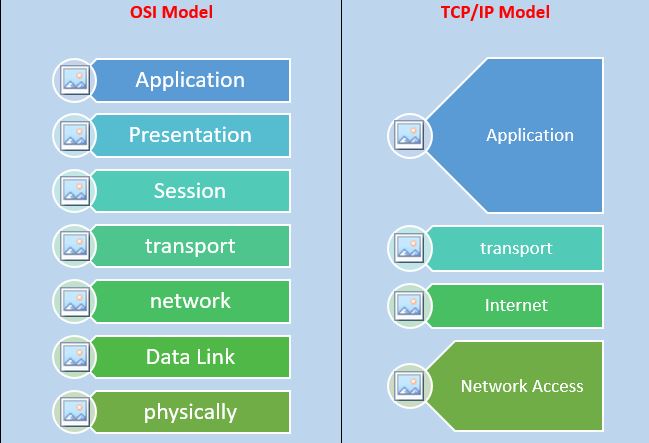
¶ 3.3.1.2. IoT Reference Model
The IoT Reference Model consists of seven levels. This model; It was developed to provide common terminology, to define how information flows and is processed in IoT applications, to guide and accelerate IoT studies (Figure 3.2).
| Level | Description |
| 7 - Cooperation | It offers applications to ensure the necessary communication and collaboration between people and the business process. |
| 6 - Application | Provides the ability to interpret and report information based on the nature of device data and business needs. |
| 5 - Data | It creates data and storage in a way that enhances the application. |
| 4 - Gathering Data | Data in motion is converted to pending data for use at higher levels. |
| 3 - Fog Computing | The data is transformed into information suitable for storage and higher-level processing. |
| 2 - Connectivity | Provides reliable data transmission between devices and networks. |
| 1 - Devices and Controllers | •It includes a wide variety of endpoint devices and sensors that send and receive information managed by the IoT architecture. |
Figure 3.2: IoT Reference Model
¶ 3.3.2. Model Based on Connection Levels
This model adopts a simple approach based on the level of connections between smart objects.
The connectivity levels between smart objects are:
- Device-to-Device
- Device-to-Cloud
- Device-to-Gateway-to-Cloud
- Device-to-Gateway-to-Cloud-Application
¶ 3.3.3. Models Based on Communication Types
Models based on communication types are divided into four.
- Request and response model
- Broadcast and subscriber model
- Push and pull model
- Special couple model
¶ 3.3.3.1. Request and Response Model ( Request-Response Model)
The request and response model consists of client and server architecture. The request and response model is stateless. Therefore, each request is processed independently. In this model, the IoT device is in the client role. The client sends a request to the server. This request sent can be a data transfer or data upload request. The server can be remote or local and can handle requests from multiple clients. When the server receives the request, it decides how to respond, prepares the response and sends it to the client (Figure 3.3).
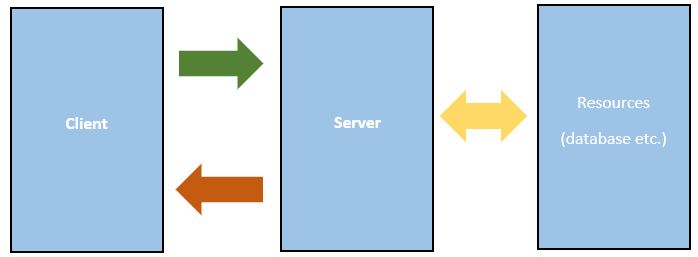
¶ 3.3.3.2. Publish and Subscribe Model ( Publish-Subscribe Model)
The broadcast and subscriber model consists of three structures: publisher , broker, and subscriber . Publishers send the data to the thread managed by the intermediary server. The intermediary server also transmits the data received on the relevant subject to the subscribers. The task of the intermediary servers is to accept the data from the publishers and send them to the appropriate subscribers (Figure 3.4).
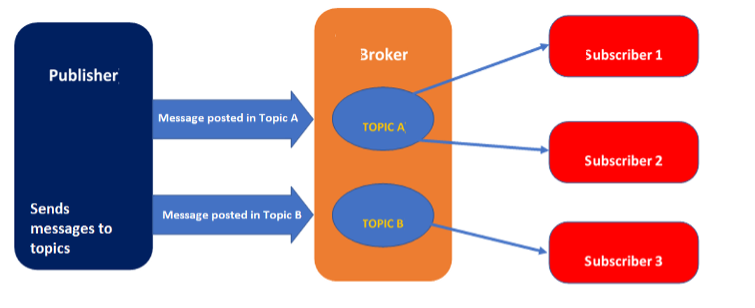
¶ 3.3.3.3. Push and Pull Model ( Push-Pull Model)
This model consists of data publishers, data subscribers, and data queues. Broadcasters broadcast the message/data and push it to the queue. Subscribers on the other side pull the data from the queue. The queue acts as a buffer for the message when there is a difference in data push or pull speed. It is useful when publishers generate data at a faster rate than subscribers can download (Figure 3.5).
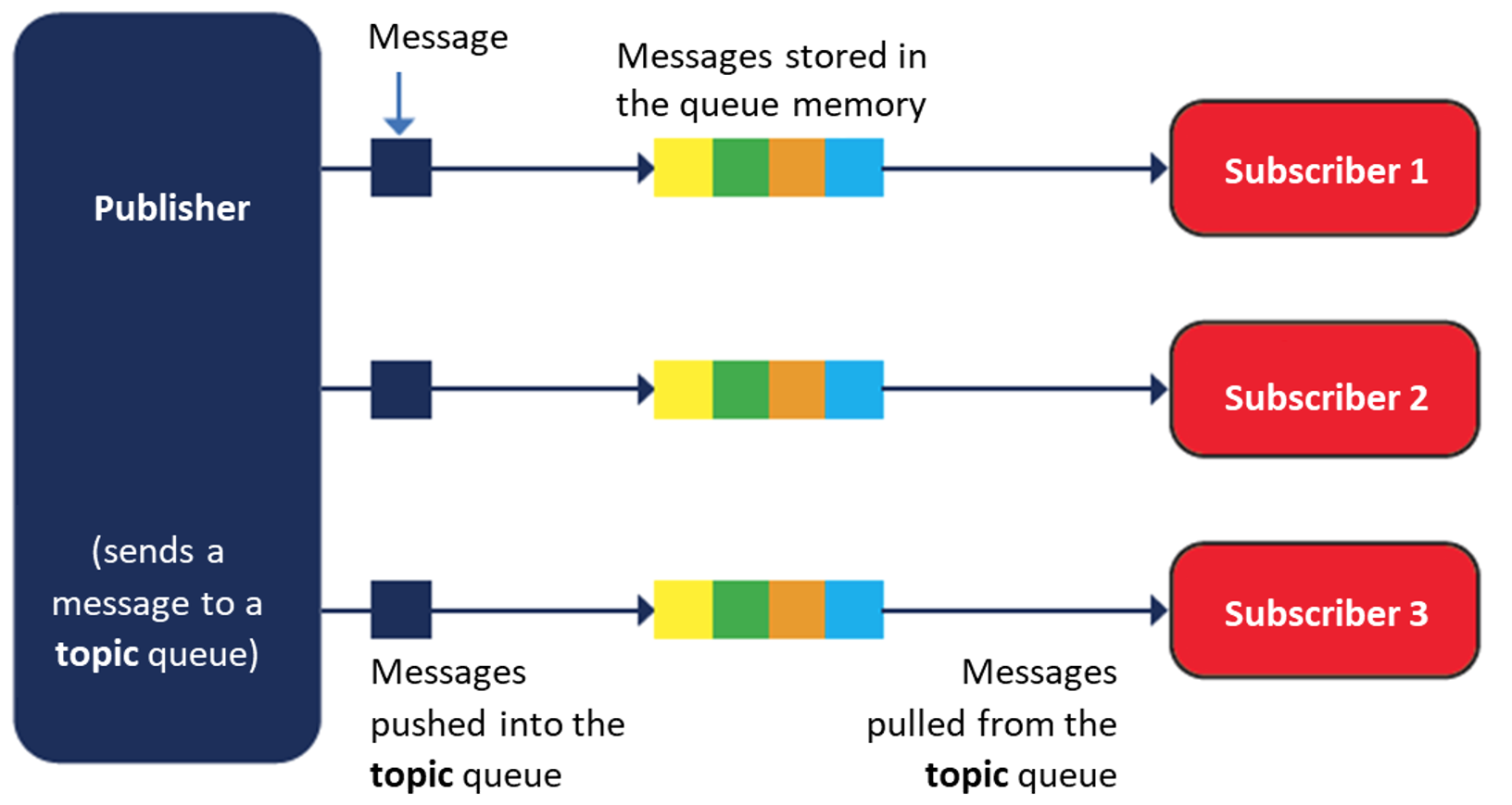
¶ 3.3.3.4. Special Couple Model ( Exclusive Pair Model)
This model provides bidirectional communication between client and server. The client and server can send messages to each other after the connection is established. The connection remains open until the client sends a request to close the connection (Figure 3.6).
